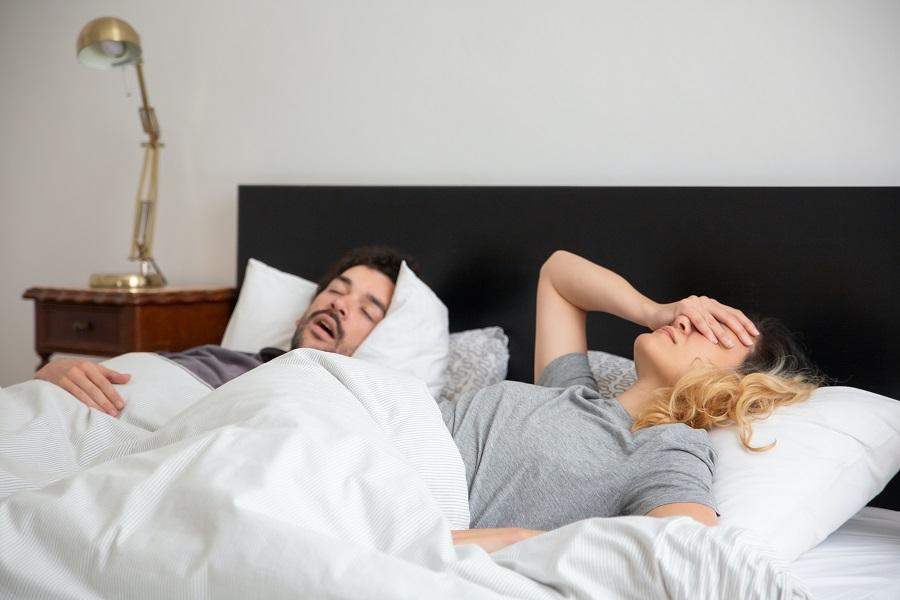Discover the intricacies of sleep apnea, its ties to snoring, and the path to better, uninterrupted sleep.
Understanding Sleep Apnea and Its Relationship with Snoring
Sleep apnea is a prevalent and potentially severe sleep disorder characterized by periodic interruptions in breathing during sleep. While many individuals with sleep apnea snore, it's essential to understand that not everyone who snores suffers from this condition.
There are primarily two distinct categories of sleep apnea:
Obstructive Sleep Apnea (OSA): This is the more prevalent form of sleep apnea. It arises when there's a physical obstruction to airflow, usually due to the collapse of soft tissue at the throat's rear during sleep. Factors like obesity and overall health can play a significant role in the onset of OSA.
Central Sleep Apnea (CSA): CSA differs from OSA in its cause. Instead of a physical blockage, CSA results from a failure in the brain's signaling system to the muscles responsible for breathing. This type doesn't involve airway blockage; instead, the brain doesn't instruct the muscles to breathe. Conditions such as heart failure, brain tumors, infections in the brain, and strokes can trigger CSA.
While sleep apnea can manifest in any individual regardless of age, certain groups are more susceptible:
- Men, in general, face a higher risk.
- Individuals aged over 40.
- Those who are overweight.
- People with anatomical factors like large tonsils, an enlarged tongue, or a small jaw bone.
- Individuals with a familial history of the disorder.
- People who have nasal obstructions due to reasons like a deviated septum, sinus complications, or allergies.
Untreated sleep apnea can precipitate various health challenges, including:
- Elevated blood pressure levels.
- A heightened risk of strokes.
- Heart issues such as heart failure, arrhythmias, or even heart attacks.
- An increased likelihood of developing diabetes.
- Mental health issues like depression.
- Exacerbation of Attention Deficit Hyperactivity Disorder (ADHD) symptoms.
However, the silver lining is that sleep apnea is treatable, with multiple avenues available:
- Modifying Sleep Patterns: For some, a change as simple as avoiding sleeping on the back can make a difference.
- Continuous Positive Air Pressure (CPAP): A CPAP machine facilitates better breathing during sleep by delivering air through the nasal passages. The consistent air pressure ensures the airway remains unblocked.
- Oral Devices: Specific dental devices can realign and support the jaw, ensuring the airway remains open. These appliances have been shown to be effective, especially in mild to moderate cases of sleep apnea.
- Surgical Interventions: In instances where other remedies prove ineffective, surgical procedures, as endorsed by the American Academy of Dental Sleep Medicine, might be necessary. Depending on the specific cause and location of the airway obstruction, the procedure might range from minimally invasive to more complex surgeries. This could entail removing tonsils or parts of the soft palate or throat.
If you suspect that you might have sleep apnea, it's paramount to consult with your physician or dentist for a comprehensive evaluation and advice.
